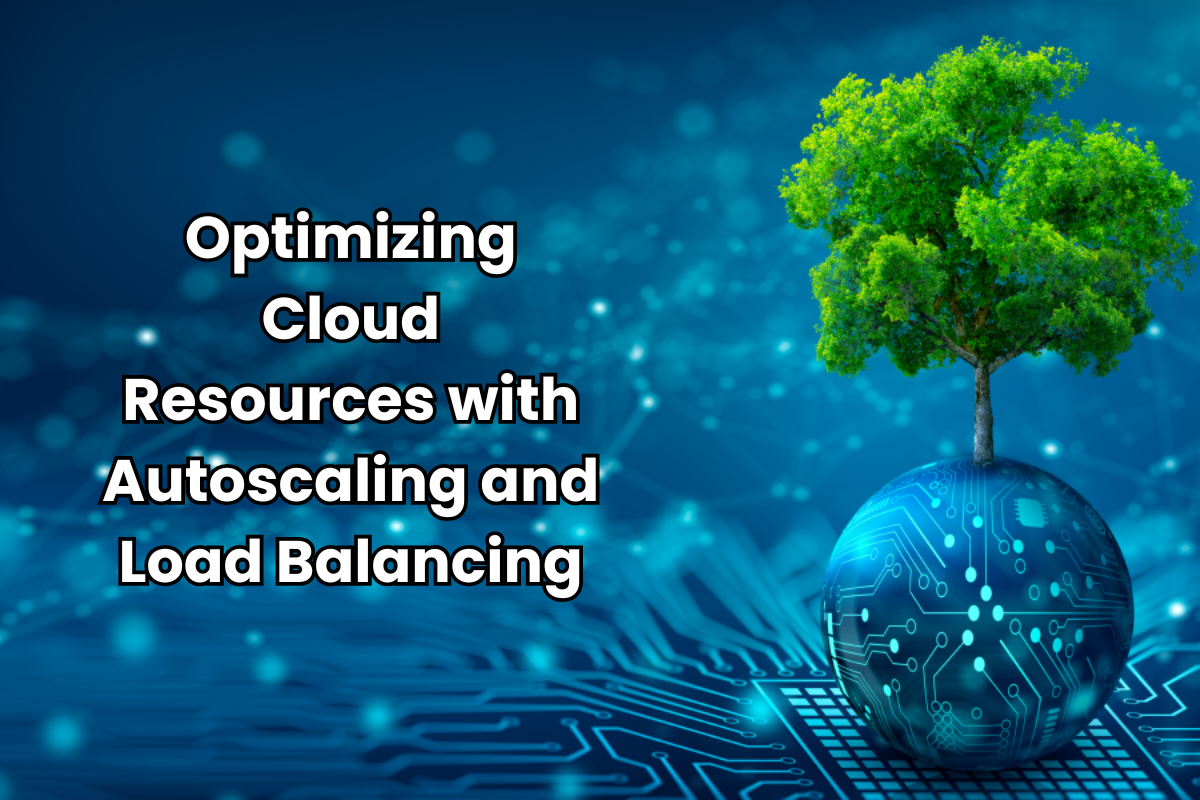
March 25, 2025
Optimizing Cloud Resources with Autoscaling and Load Balancing
Ever considered how much energy your cloud apps use? Energy efficiency is a smart business move as cloud computing becomes more prevalent. As a developer, I have questioned how to optimize resources and make programs run smoothly. Here comes green cloud computing. I will show you how to utilize AWS's autoscaling and load balancing to construct sustainable, cost-effective energy-efficient apps in this blog post.
What is Green Cloud Computing?
Green cloud computing reduces cloud service environmental effect. Optimizing resource consumption saves energy and carbon while maintaining performance. Note that idle servers and overprovisioned resources consume energy. With green computing technologies like autoscaling, we can use just the resources we need, making our apps efficient and green.
Understanding Autoscaling and Load Balancing
Autoscaling and load balancing are essential to building energy-efficient applications on AWS.
Autoscaling
Auto-scaling of resources like EC2 servers is based on real-time demand. For daytime app load, this concept can add instances. It slows down at night when traffic is low to save resources. This dynamic adjustment maximizes performance without energy waste.
Load Balancing
While, Load balancing spreads incoming traffic evenly among numerous instances. This maximizes resource use without overwhelming any instance. Maintaining a balanced workload using load balancing keeps your program running smoothly.
These technologies improve app speed and prevent energy waste by optimizing resource consumption.
Setting Up Autoscaling and Load Balancing on AWS
Let's go over AWS autoscaling and load balancing implementation. Those unfamiliar to this don't worry, I will simplify.
Step 1: Create and Configure an EC2 Instance
- Access your AWS Management Console.
- Launch an EC2 instance with your specified OS and application settings.
- Set security groups to enable traffic and ensure instance accessibility.
Step 2: Set Up an Auto Scaling Group
- Access the Auto Scaling Groups area on the EC2 dashboard.
- Attach a new Auto Scaling Group to your EC2 instance.
- Define scaling policies. You may scale up when CPU use surpasses 70% and down when below 30%.
- Set minimum and maximum instance counts for scaling control.
Step 3: Configure an Elastic Load Balancer
- Create a new Elastic Load Balancer (ELB) under the Load Balancer section.
- Connect the ELB to your Auto Scaling Group.
- Set up health checks to guide traffic to healthy instances.
Following these steps will develop a dynamic, energy-efficient app architecture that adjusts to user demand.
Benefits of Autoscaling for Energy Efficiency
Autoscaling and load balancing improve app performance and make a difference. So how:
- Reduced Energy Waste: Autoscaling reduces energy waste by matching resources to demand. This reduces idle server power.
- Cost Savings: You might save money and help the world if you only pay for the things you use.
- Improved Performance: Load balancing intelligently distributes traffic for consistent app performance.
- Sustainability: Reduce your application's carbon impact for a better world.
Conclusion
Green cloud computing is essential in today's tech-driven environment. We can design energy-efficient, high-performance apps using AWS autoscaling and load balancing. This is your turn now. Explore AWS's autoscaling technologies to start a greener, smarter cloud architecture.
539 views
